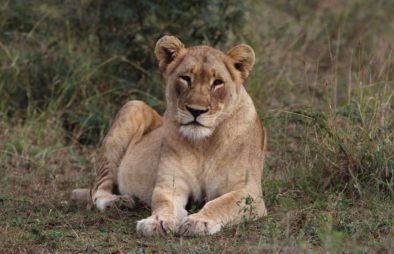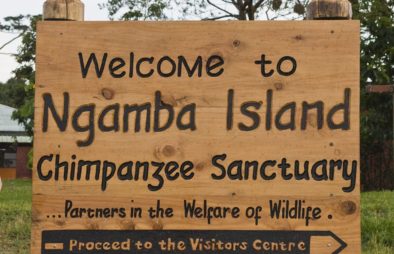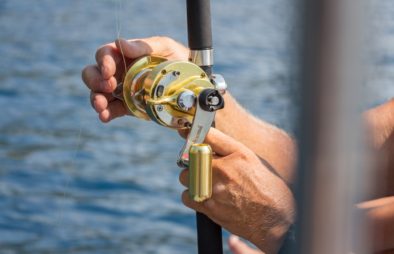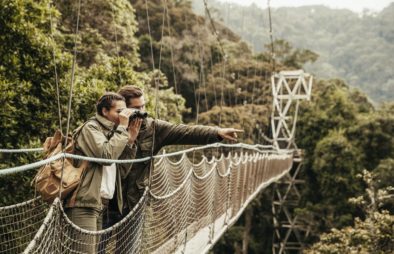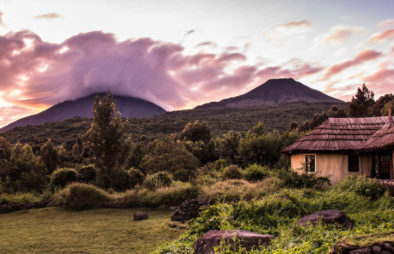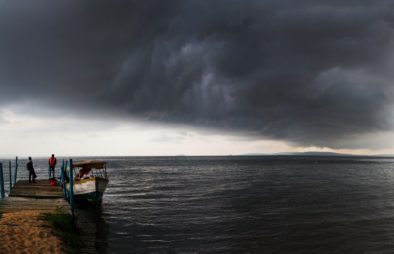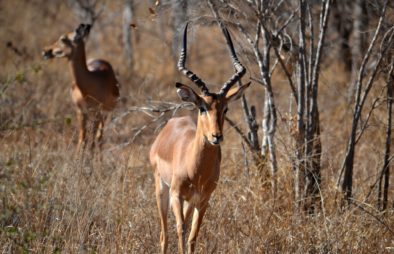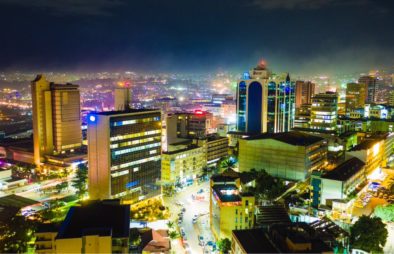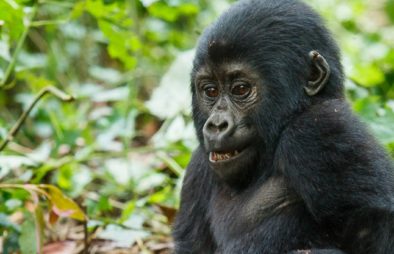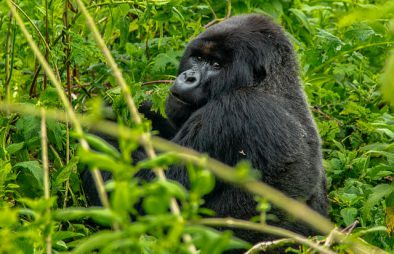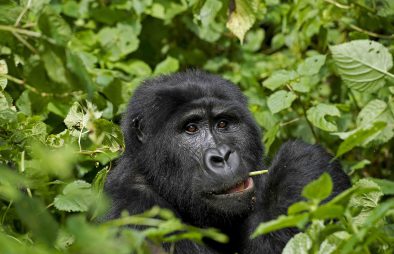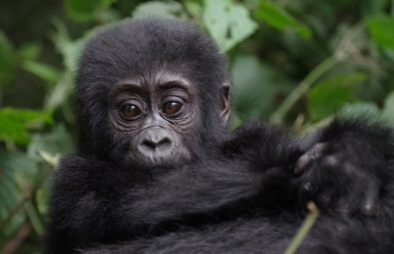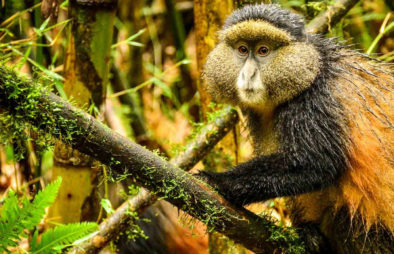Bird Watching in Uganda
Throughout Africa, the surpassing abundance of bird species within Uganda can be overwhelming, not just for first-time travellers into the African Continent but also bird fanatics that are acquainted with other safari destinations in the Continent. This small and land-locked country in the East African region is undeniably a Birding Paradise boasting of over 1073 bird species, hence over 11% of the entire World’s birds as well as about 50% of the Continent’s bird species.
The outstanding diversity of beautiful natural and artificial habitats that no other country in the African Continent can keep up with is the number one reason why Uganda, the Pearl of Africa shelters such a wide diversity of bird species in addition to numerous migrant bird species all year round. It is in Uganda that you will see up to 24 species of the Albertine Rift endemics with over 33 recognized Important Bird Areas and some of them include;
Bwindi Impenetrable National Park
It is not a mistake for Bwindi Impenetrable National Park to be referred as the “heart and soul” of Uganda’s birding tours with views of exceptional and endemic bird species. This forested haven features about 350 species that include 23 of the 24 Albertine Rift endemics, 14 of which are only found in this country. The well-maintained trails around this Park allow birders to see the Kivu ground thrush, long-tailed cuckoo, Neumann’s warblers, northern double-collared sunbirds, grey-chested Illadopsis and black-billed weavers among others.
The areas between Ruhija and Buhoma sectors introduce birders to the pink-footed Puffback, cinnamon-chested bee-eater, western bronze naped pigeon and black sparrow hawks, to mention but a few. Mubwindi Swamp in Ruhija sector is another thrilling spot for bird watching in Uganda.
Queen Elizabeth National Park
Queen Elizabeth National Park is another bird watcher’s Paradise in Uganda with over 600 bird species, about half the country’s total bird species living in different habitats that include thick rainforest, sweeping savannah grasslands, wetlands and Lakes. Guided walks from the southern sector of Ishasha to the northern Mweya peninsula offers views of red-chested sunbirds, blue-throated rollers, slender-billed weavers, African crakes and many others. Along the tranquil banks of Kazinga Channel are the lesser black-backed gulls, grey-crowned cranes, grey-headed gulls, African jacana, Hammerkop, African fish eagles, great white and pick-backed pelicans among others.
Mabamba Bay Swamp
Set within the northern shores of Lake Victoria, Mabamba Bay Swamp is one of the few places to see the shoebill storks in Uganda. This wetland area boasts of over 260 bird species that also include the Clarke’s weavers, swamp flycatcher, lesser jacana, northern brown-throated weavers, Papyrus gonolek, Carruther’s cisticola, Pallied harrier, black-headed weavers, African jacana and cattle egrets among others.
Budongo forest
The two popular areas of Budongo forest-Kaniyo-Pabidi as well as Busingiro and Royal Mile areas in the southern side of Murchison are popular bird watching spots in Uganda. This natural forest is found within the brim of the Albertine Rift Valley and shelters over 360 bird species that include the white-thighed hornbills, African dwarf kingfishers, Nahan’s francolin, Cassin’s hawk-eagles, blue-breasted kingfishers, Ituri batis, greenbul and black-collared lovebirds among others.
Murchison falls National Park
This is Uganda’s largest and oldest National Park set within the north-western side of the country and was named after the beautiful Murchison waterfalls. It is a haven to about 450 bird species that can be best spotted during guided nature walks, boat cruises and game droves. Some of the habitats of these birds are savannah plains dotted with acacia, wetland, rainforest and riverine woodland inhabited by brown babblers, black-headed batis, Abyssinian ground hornbill, Puvel’s illadopsis, standard-winged nightjar, Shelley’s Rufuous sparrow, Senegal lapwing and the magical shoebill storks among others.
Semliki National Park
Set within the Albertine Rift Valley in western Uganda is Semliki National Park, a forgotten yet remarkable bird watcher’s Paradise with over 440 bird species that include the Guinea-Congo biome species. The habitats in this Park are riverine, grasslands, forest and Lakes with yellow-throated nicator, long-tailed hawks, Nkulengu rail, Maxwell’s black weavers, red-billed dwarf hornbills, blue-billed Malimbe, black-wattled hornbills and many others.
Rwenzori Mountains National Park
The Rwenzori Mountains National Park is found in western Uganda, bordering the Democratic Republic of Congo and is haven to about 220 bird species that include about 19 Albertine Rift endemics. The birds occupy peat bogs, open montane grasslands, snowfields, high-altitude forest and few in the glacial areas. Popular species include the cinnamon-chested bee-eaters, long-eared owls, bearded vultures, long-eared owls, Rwenzori Turaco, white-starred robin, Lagden’s bush shrike and many others.
Mgahinga Gorilla National Park
This is the smallest National Park within the south-western part of Uganda with more than 180 bird species that include the remarkable Albertine Rift endemics. This tinny Park is characterized by thick highland forest along the slopes of 3 Virunga Volcanoes (Gahinga, Muhabura and Sabyinyo) with unforgettable birding opportunities achieved along the community trail, Gorge trail and the Bamboo trail. Expect sights and sounds of western green tinkerbird, dusky Crimsonwing, Rwenzori batis, Stripe-breasted tit, handsome francolin, Archer’s Robinchat, red-throated alethe and Kivu ground thrush among others.
Lake Mburo National Park
Bird watching is one of the visitors’ must-do activities in Lake Mburo National Park with the best birding spots being Rwonyo, Lake swamps at Warukiri, the savannah, dry hillsides and rocky outcrops with over 350 bird species that include the Papyrus gonolek, barefaced go-away bird, Nubian woodpecker, shoebill storks, red-faced barbets, Tabora cisticola, grey Penduline tit, African finfoot, giant kingfishers, golden-tailed woodpecker, Coqui francolin, green-capped eremomela, Narina trogon, Lilac-breasted rollers, red-headed lovebird, Abyssinian ground hornbill, Rufous-chested swallow and the Verreaux’s eagle owls among others.
Kibale Forest National Park
Located in the western side of Uganda, Kibale Forest National Park is popular for chimpanzee trekking but is also a renowned birding destination with over 375 bird species. Bird habitats in this Park include savannah, wet and dry Tropical rainforest as well as woodland, and the most sought-after birds in this Park are the green-breasted pitta alongside the black bee-eaters, black-bellied seedcracker, great blue Turaco, crowned eagles, Abyssinian ground thrush, yellow-billed barbets and others. The nearby Bigodi wetland Sanctuary shelters over 200 bird species that include the Papyrus gonolek, speckled tinkerbird, western nicator, yellow warblers, Speckle-breasted woodpecker and the white-winged swamp warblers among others.
Other remarkable bird watching spots in Uganda include Kidepo Valley National Park, Nyamuriro swamp, Lutoboka Point, Mabira Forest, Sango Bay wetland, Nabugabo wetland, Lake Nakuwa, Mount Elgon National Park, Kibimba Rice Scheme, the Musambwa Islands, Lutembe Bay, Doho Rice Scheme, Lake Bisina and many others.
Best time to undertake Bird watching in Uganda
Bird watching in Uganda is undertaken throughout the year although the Tropical rainforests (that make up the largest part of the country’s birding areas) are easily accessible during the dry months of January, February, June, July, August, September and December, given that fact that trails are not slippery for hiking. The wet months of March, April, May, October and November are breeding season hence expect bountiful birds during birding expeditions. Additionally, the migrant bird species are common in the months of April and November, that are also wet months.
What you need to carry and wear for bird watching in Uganda
Your bird watching trip in Uganda is complete with the appropriate packing list that includes long safari-style pants of camouflaged colors such as grey, brown and green and always avoid white, long-sleeved shirts, insect repellant, sunglasses, waterproof daypack, birding guidebook, pair of binoculars, hiking boots, toiletries, camera, first aid kit, notebook and pen, hat, sunscreen, gardening gloves and many others.

